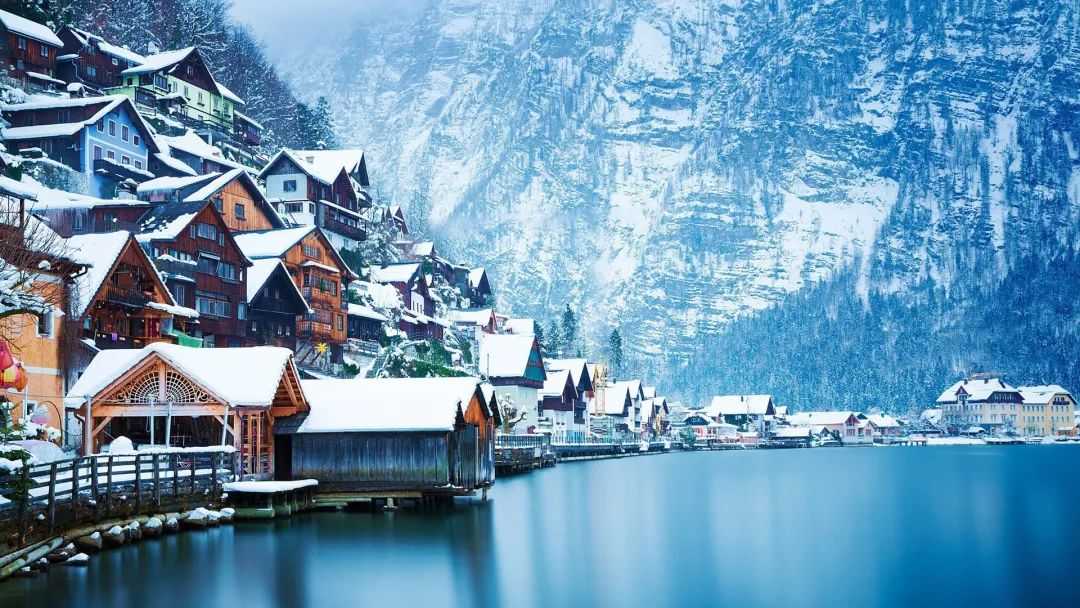
In the chilly waters of the North Pacific, sea otters—charismatic marine mammals—thrive. Measuring 1 to 1.5 meters in length and weighing 20 to 45 kilograms, these creatures are renowned for their love of shellfish and sea urchins, which they hunt while floating on their backs in a seemingly carefree manner. Their unique lifestyle and endearing appearance make them a beloved sight in coastal ecosystems.

Source: Images from the Internet, if there is any infringement, please contact the removal of
Sea otters are instantly recognizable by their round heads, tiny ears, and whiskered snouts that curve into a perpetual grin when their eyes squint into narrow slits. Their dense, waterproof fur—the thickest of any mammal—keeps them warm in frigid waters, giving them a fluffy, almost cartoonish look. But their charm extends beyond aesthetics: these clever creatures are some of nature’s few tool - using animals. They famously use rocks to crack open shells, balancing the hard exteriors on their chests while floating and striking with precision, a behavior that highlights their problem - solving intelligence.
Whether lounging in kelp beds to avoid drifting or forming rafts with other otters for safety, their social dynamics and playful antics captivate observers. Despite their cute demeanor, sea otters face challenges like habitat loss and pollution. Conservation efforts have helped revive populations, but their role as “keystone species”—controlling sea urchin numbers to protect kelp forests—underscores their ecological importance. As they float on the waves, stone in paw, these “marine engineers” remain a heartwarming symbol of the ocean’s resilience and wonder.






